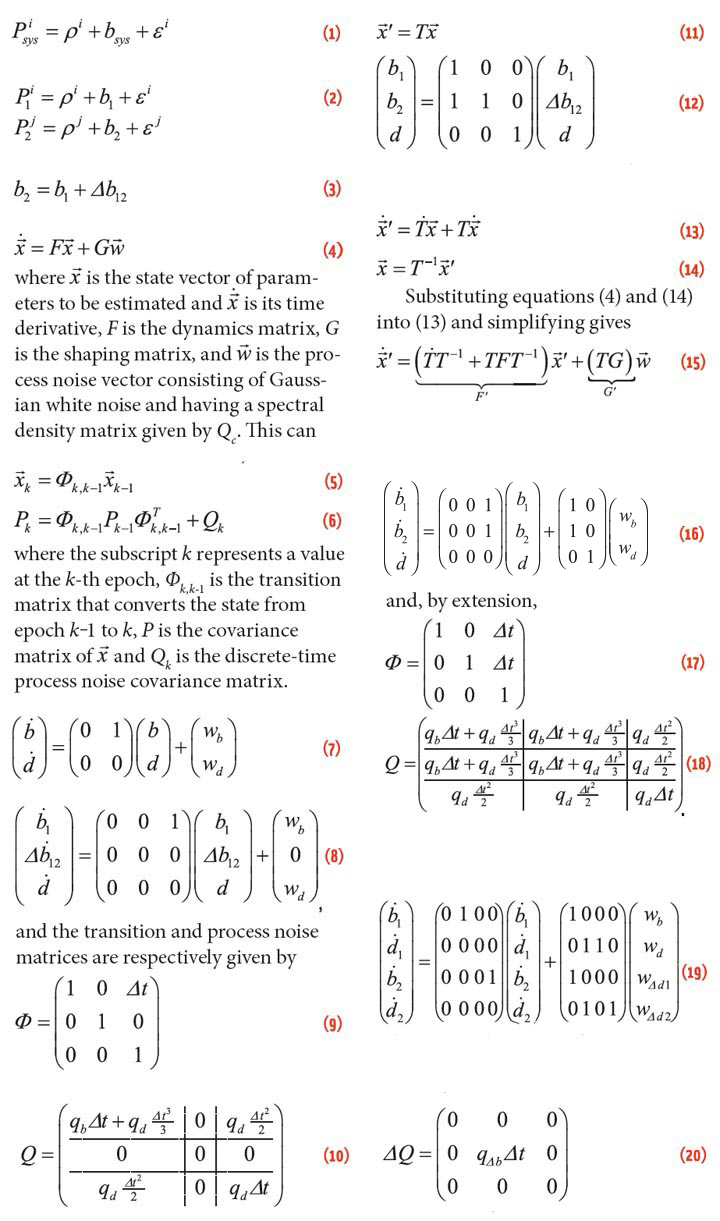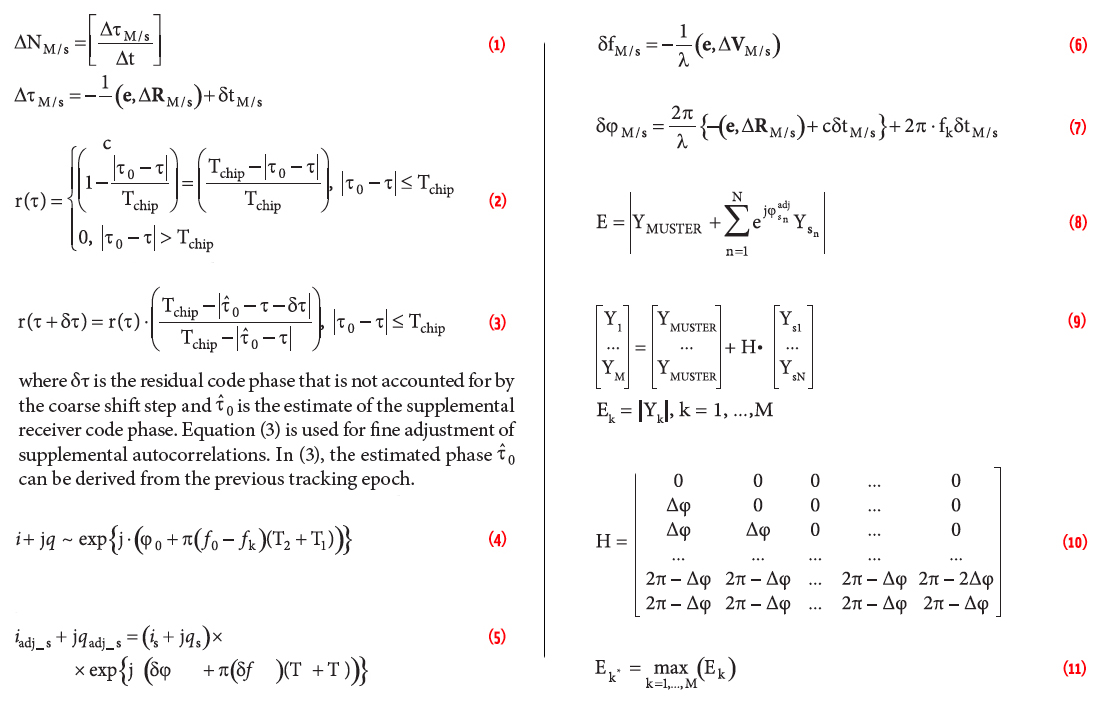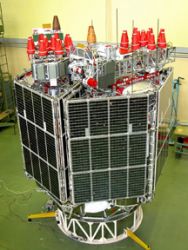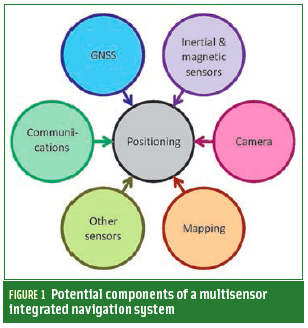Di Qiu: Opportunities of Signals
 Di Qiu at the site of her current employer
Di Qiu at the site of her current employerSIDEBAR: Di Qiu’s Compass Points
Landing all-weather aircraft safely in storms. Protecting sensitive data not only through encryption but based on the location at which it is being accessed. Ensuring that accurate and timely information reaches first responders responding to emergencies.
Although still in the early part of her career, Di Qiu has already made significant contributions to these crucial applications of navigation technology.
By Inside GNSS



























